Matthew Yglesias: If your commute is a nightmare, blame Congress
Published in Op Eds
America’s mass transit agencies are teetering on the brink of collapse. The money they got from Congress to help them through COVID-19 is running out, but ridership remains below what it was before the pandemic.
Lower fare revenue plus higher wage costs equals a bigger deficit. Unless state governments fill that gap, agencies will need to dramatically curtail service. Yet service levels are one of the primary determinants of ridership. Hence the increasing risk of a “death spiral,” where revenue shortfalls lead to service cutbacks, which lead to lower revenue, which lead to service cuts, and so on.
State legislatures should try to avoid this doom cycle, even though finding the money may be difficult. But there is a deeper issue here, beyond the question of less funding versus more, or higher versus lower levels of service: the declining labor productivity of transit agencies. The tasks performed by transit workers have remained basically the same for decades even as wages have risen to keep up with economy-wide trends.
The agencies themselves deserve some blame for not finding ways to modernize operations and improve efficiency. But Congress itself is a major culprit — specifically, and sorry to wonk out here, Section 13(c) of the Urban Mass Transportation Act of 1964. This provision, as Marc Scribner of the Reason Foundation points out, makes cost-saving reforms difficult if not impossible.
Some background: In the early 1960s, many private transit companies were being taken over by state or city governments. The rise of the automobile greatly had reduced the commercial viability of these networks, yet then as now they were seen as important public services. Private transit companies were widely unionized at the time, but public sector unions were rare. There was a (quaint-sounding by contemporary standards) concern that taking agencies public would serve as a form of union-busting.
So the law required that agencies which receive federal funding, which was essentially all of them, to protect collective bargaining rights, guarantee re-employment of workers who lost their jobs, and safeguard employees “against a worsening of their positions.”
The upshot is that not only do transit agencies face all the usual obstacles to making their workforce more efficient, they are in many respects prohibited from doing so.
For example, there are basically two ways that a transit agency can provide bus service. The standard way in the U.S. is that the transit agency owns and maintains the buses and employs the drivers. In the rest of the world, however, it is more common for the transit agency to act as a contractor: It draws up the service map and frequency it wants, and lets private companies bid on the job. As a striking paper published in 2017 notes, by fully switching to a contracting model, U.S. transit agencies could reduce bus operating costs by 30% with no reduction in service.
That sounds like an almost ridiculously large cost saving. Yet the result doesn’t stem from any magic privatization fairy dust — it’s simply that union contracts pay bus drivers (and other transit employees) above-market wages.
So transit agencies could privatize in order to avoid the union premium and save money. Or they could deprive workers of their collective bargaining rights and save money. Except that under federal law, they can’t actually do either of those things.
In the longer term, of course, there is incredible promise in autonomous driving. Right now in San Francisco, Phoenix and Los Angeles, it’s possible to ride in a driverless taxi. It will soon be possible in other cities. Creating a driverless car that works is a difficult engineering challenge.
A self-driving train, by contrast, is fairly trivial — it turns on tracks and does not need to steer around objects or even engage with other vehicles except to have an emergency stopping function. Precisely because the driverless train is a much simpler problem, the technology is neither new nor particularly exotic. The subway systems of Dubai and Copenhagen are fully automated, and the Paris Metro is partially so. Automated train systems are used in many U.S. airports.
Automated trains provide a kind of double dividend — they are both cheaper to operate and, since they can drive safely with less spacing between them, allow for more frequent service.
The problem, of course, is that there is an upfront capital cost associated with automation. In a sane world, given the large transit investments the federal government has made in the last half-decade, some priority would have been given to spending on things like automation. It wasn’t. But that doesn’t mean state and local governments can’t do it themselves. The obstacle, again, is that six-decade-old federal law, under which workers can only be replaced over a very long time horizon through attrition.
This also helps explain why no transit agency is currently partnering with driverless car companies despite the clear benefits of doing so. An automated bus is a harder technical problem than an automated train, but a more bounded one than a driverless car; it follows a fixed route, for example. A driverless bus would also allow agencies to maintain service during late-night hours, when demand is lower but staffing costs aren’t.
Neither of these steps is a panacea for transit’s challenges in a post-pandemic world. But they are alternatives to a death spiral in service or an ever-growing succession of subsidies.
Of course it sounds naïve, or even outlandish, to call for a last dose of bridge funding paired with a reform of the Urban Mass Transportation Act and a mandate to cut operating costs. But in the hypothetical world where Republicans actually cared about the efficiency of government and Democrats actually cared about the quality of public services, that’s what Congress would do.
_____
This column reflects the personal views of the author and does not necessarily reflect the opinion of the editorial board or Bloomberg LP and its owners.
Matthew Yglesias is a columnist for Bloomberg Opinion. A co-founder of and former columnist for Vox, he writes the Slow Boring blog and newsletter. He is author of “One Billion Americans.”
_____
©2025 Bloomberg L.P. Visit bloomberg.com/opinion. Distributed by Tribune Content Agency, LLC.
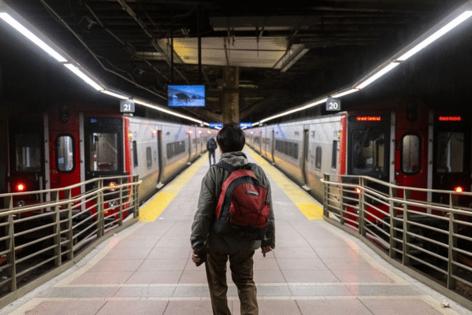


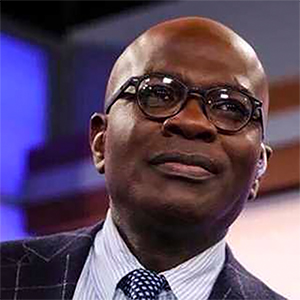



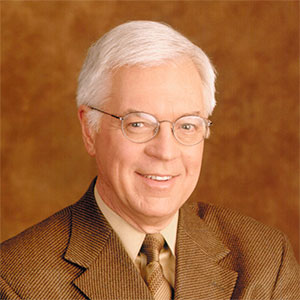

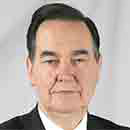













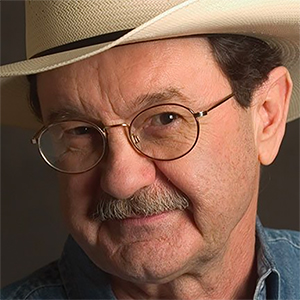



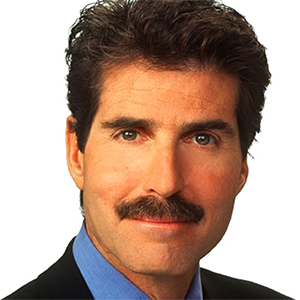

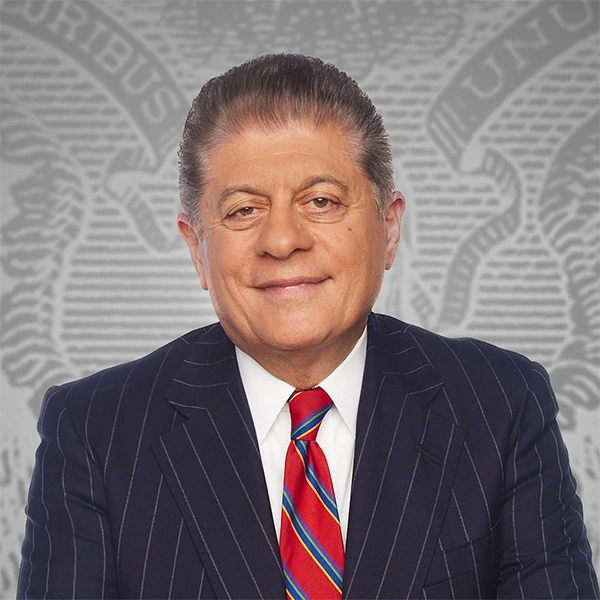


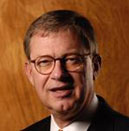
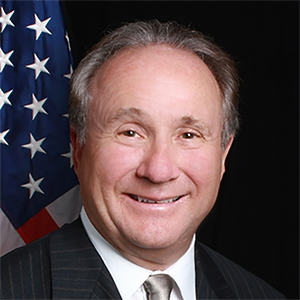

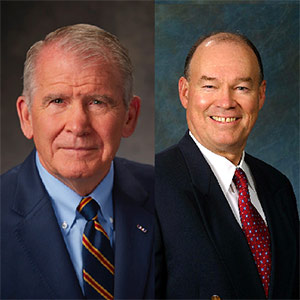






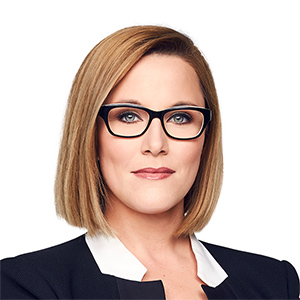










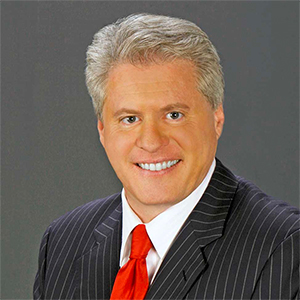
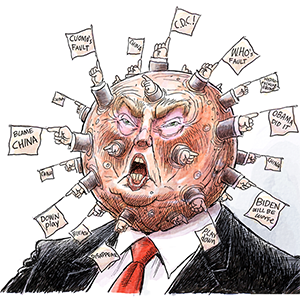

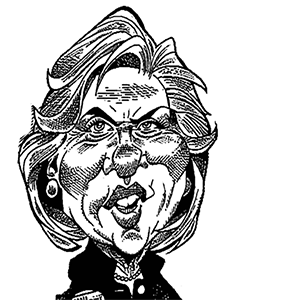


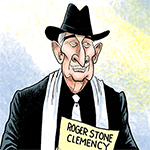
Comments